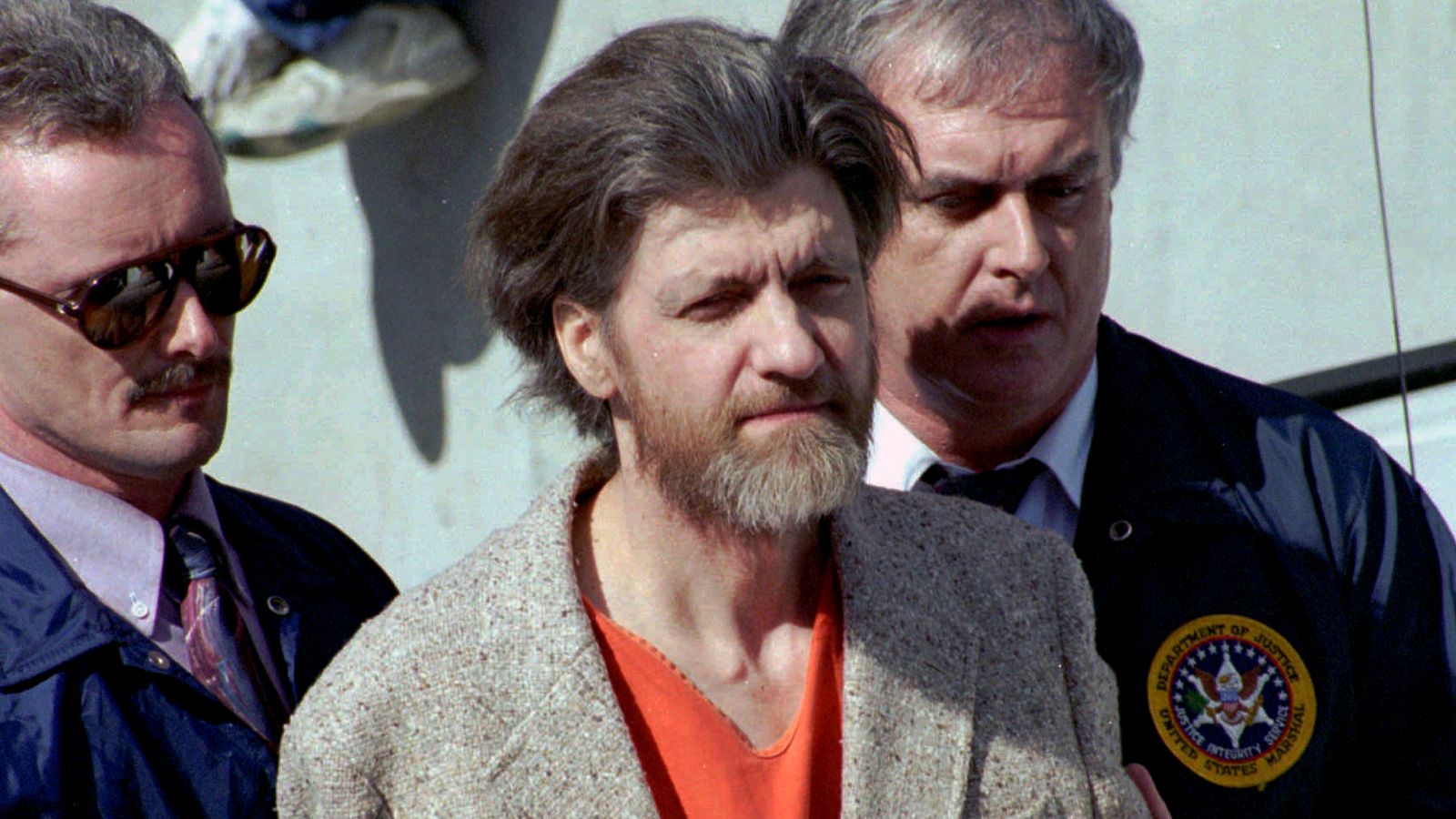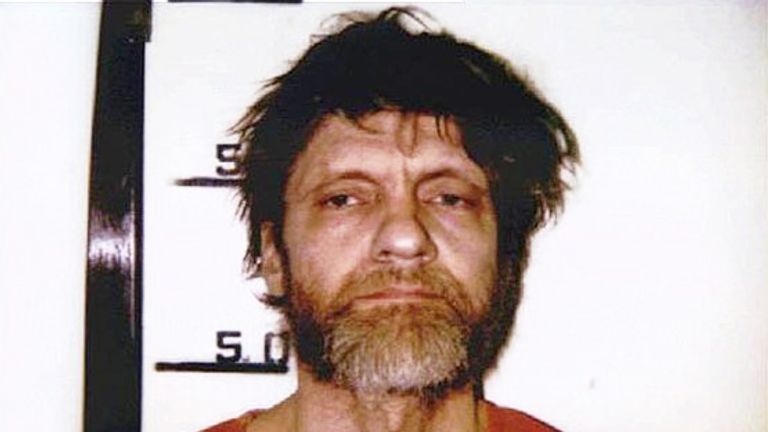‘Unabomber’ Ted Kaczynski – who carried out a 17-year bombing campaign that killed three people and injured 23 others, died by suicide, sources have told The Associated Press.
The 81-year-old, who was suffering from late-stage cancer, was found unresponsive in his cell at the federal prison medical centre in Butner, North Carolina, at around 12.30am on Saturday.
The Harvard-educated mathematician has been locked up since May 1998, when he was sentenced to four life sentences, plus 30 years for the campaign of terror that set universities nationwide on edge.
He admitted to committing 16 bombings from 1978 and 1995, permanently injuring several of his victims.
Kaczynski was given the name ‘Unabomber’ by the FBI because his early targets seemed to be universities and airlines.
Emergency responders performed CPR and revived Kaczynski before he was transported to a hospital, where he was pronounced dead later Saturday morning, the people told the AP.
They were not authorised to publicly discuss Kaczynski’s death and spoke to the AP on condition of anonymity.
Kaczynski’s death comes as the federal Bureau of Prisons has faced increased scrutiny in the last several years following the death of Jeffrey Epstein, who also died by suicide in a federal jail in 2019. He was awaiting trial on sex abuse charges.
Kaczynski’s targets included academics and airlines
In 2021, Kaczynski was transferred to the federal medical centre in North Carolina, a facility that treats prisoners suffering from serious health problems.
Kaczynski lived as a recluse in a dingy cabin in rural Montana, where he carried out a solitary bombing spree that changed the way Americans mailed packages and boarded airplanes.
His targets included academics and airlines, the owner of a computer rental store, an advertising executive and a timber industry lobbyist.
Read more:
Epstein tried to contact disgraced US gymnastics team doctor while in prison
Epstein: Prison experts reveal exactly what they would have done
In 1993, a California geneticist and a Yale University computer expert were maimed by bombs within the span of two days.
Two years later, he used the threat of continued violence to convince The New York Times and The Washington Post to publish his manifesto, a 35,000-word screed against modern life and technology, as well as damages to the environment.
The tone of the treatise was recognised by his brother, David, and David’s wife, Linda Patrik, who tipped off the FBI, which had been searching for the Unabomber for years in the nation’s longest, costliest manhunt.
Authorities in April 1996 found him in a small plywood and tarpaper cabin outside Lincoln, Montana, that was filled with journals, a coded diary, explosive ingredients and two completed bombs.


